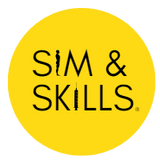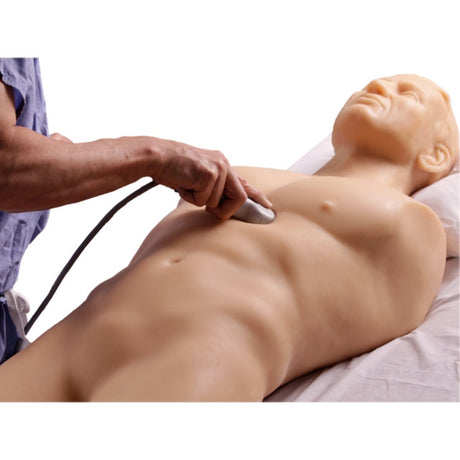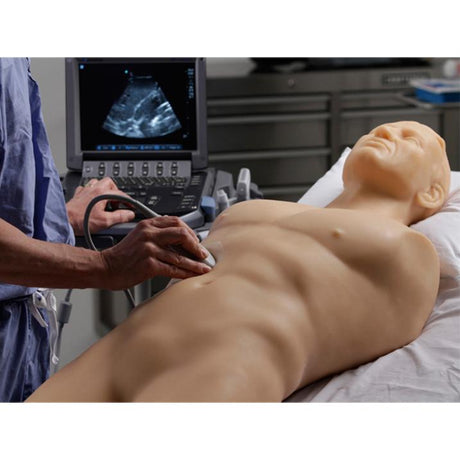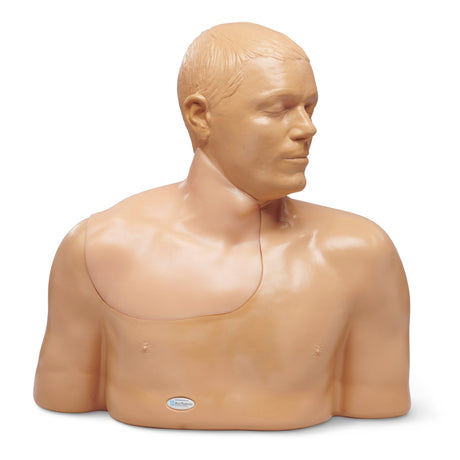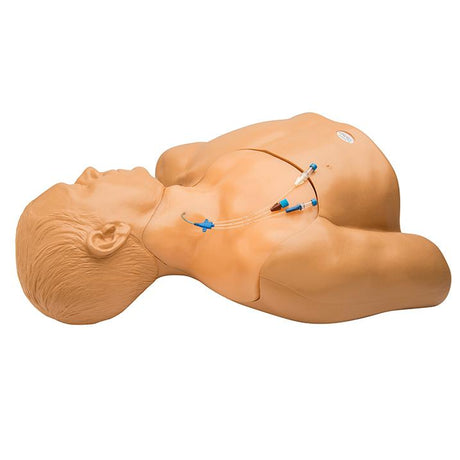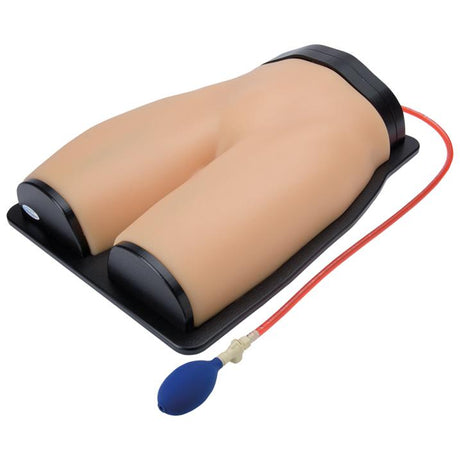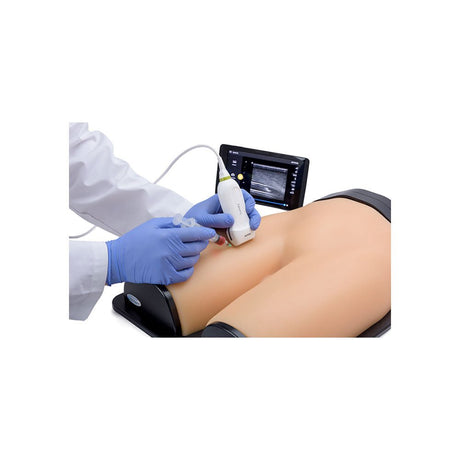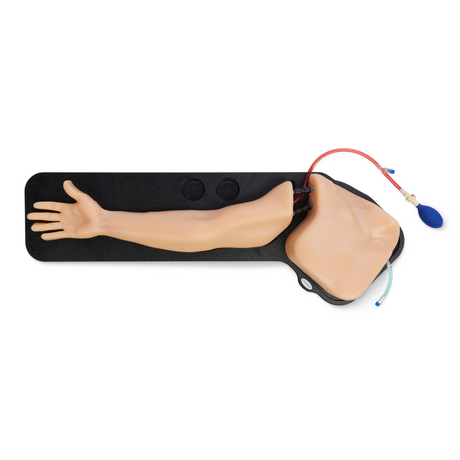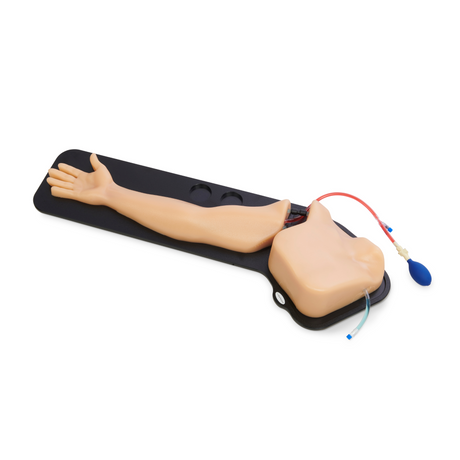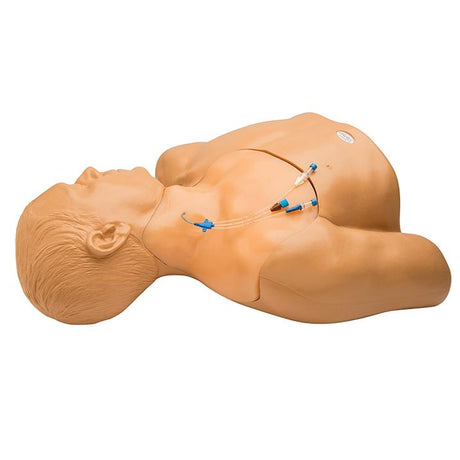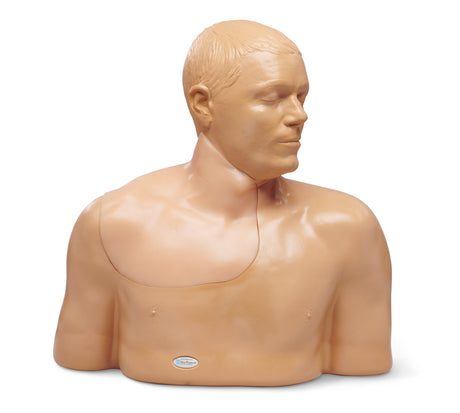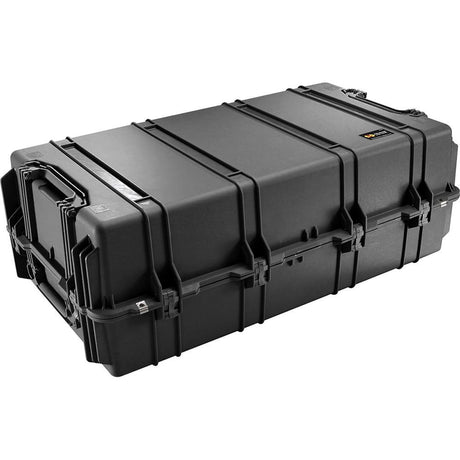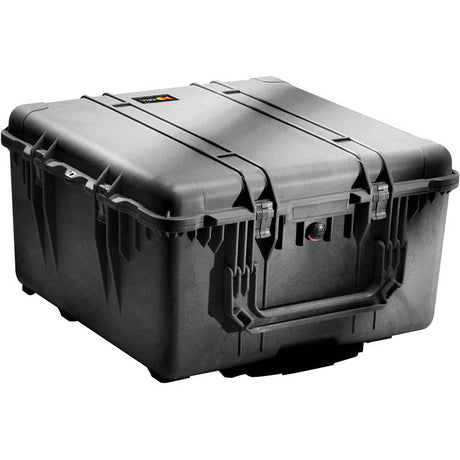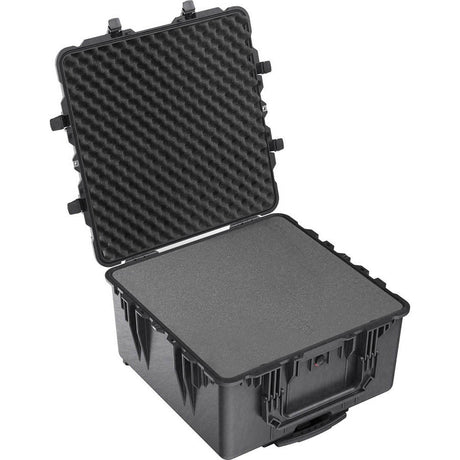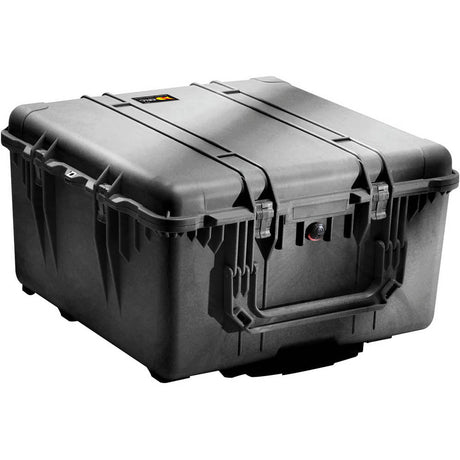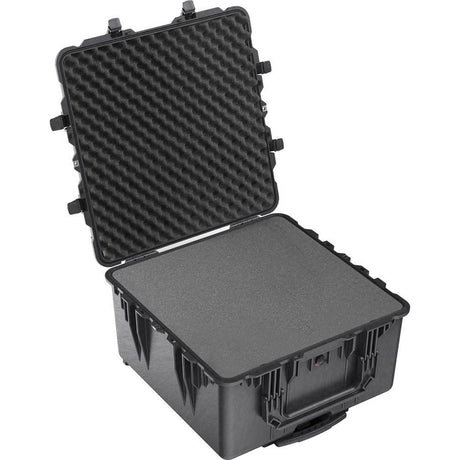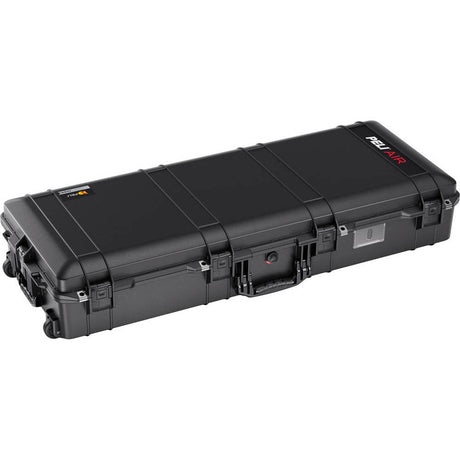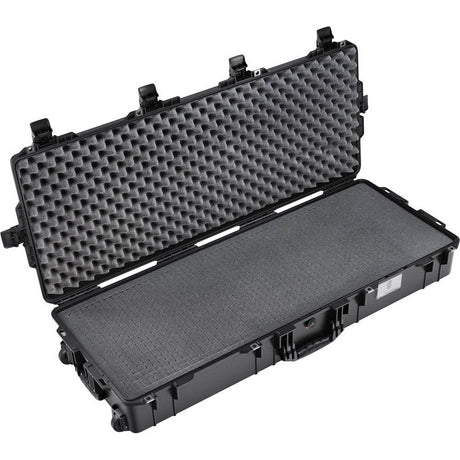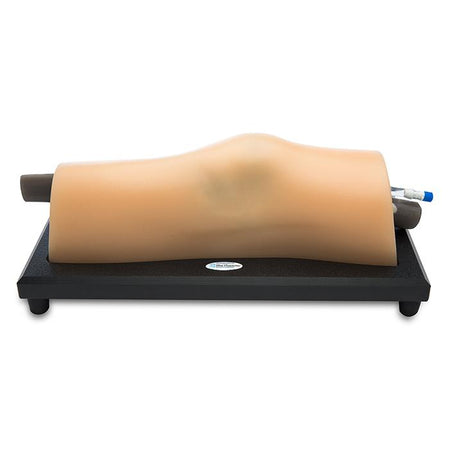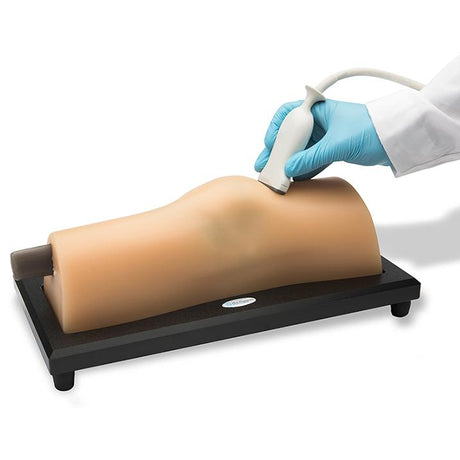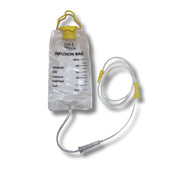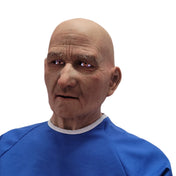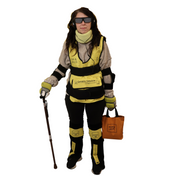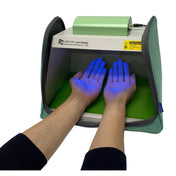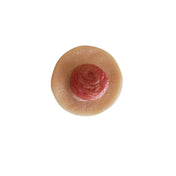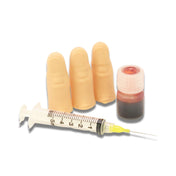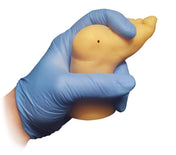Abscess Drainage Ultrasound Training Model
£1,59600Unit price /UnavailableAmniocentesis Ultrasound Training Model
£10,87200Unit price /UnavailableBone Fracture Ultrasound Training Block Model
£1,59600Unit price /UnavailableBranched 2 Vessel Ultrasound Training Block Model
£79200Unit price /UnavailableBranched 4 Vessel Ultrasound Training Block Model
£92400Unit price /UnavailableBreast Biopsy Ultrasound Training Model
£79200Unit price /UnavailableCombination IUP Ectopic Pregnancy Transvaginal Ultrasound Training Model
£13,38000Unit price /UnavailableElastography Ultrasound Breast Phantom
£79200Unit price /UnavailableFAST Exam Ultrasound Training Model
From £42,80400Unit price /UnavailableForeign Body Identification Ultrasound Training Model
£92400Unit price /UnavailableGen II Central Line Ultrasound Training Model
From £4,23600Unit price /UnavailableGen II Femoral Vascular Access and Regional Anaesthesia Ultrasound Training Model
£6,62400Unit price /UnavailableGen II PICC with IV & Arterial Line Vascular Access Ultrasound Trainer
£4,23600Unit price /UnavailableGen II Regional Anaesthesia and Central Line Ultrasound Training Model
From £9,93600Unit price /UnavailableGeneral Pathology Transvaginal Ultrasound Training Model
£9,59400£11,40000Unit price /UnavailableHard Case for FAST and Echocardiography Full Torsos
£2,12400Unit price /UnavailableHard Case for Gen II Central Line Ultrasound Training Model
£72000Unit price /UnavailableHard Case for Gen II Femoral Vascular Access and Regional Anaesthesia Ultrasound Training Model
£72000Unit price /UnavailableHard Case for Gen II PICC with IV & Arterial Line Vascular Access Ultrasound Trainer
£72000Unit price /UnavailableKnee Aspiration & Injection Ultrasound Training Model
£7,28400Unit price /Unavailable
